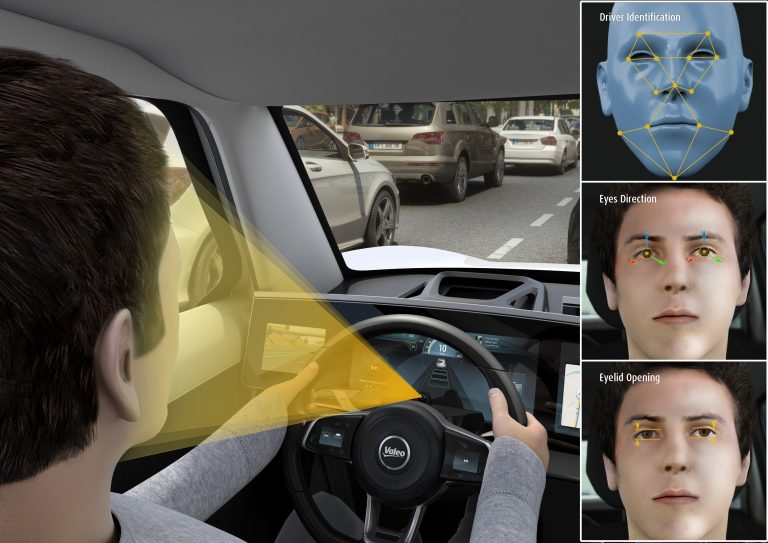The era of the modern car has surpassed the safety of airbags and anti-lock brake systems. By 2025, high‑tech features such as automated braking and camera-based monitoring of drivers are no longer optional, but a constituent part of everyday driving. Being an experienced technician who installs, calibrates, and repairs these systems, I am going to tell you about the top five safety features you should look out for, and the specific ways they bring peace of mind in the real world.
1️ Automated Emergency Braking (AEB)
The reason you need it:
AEB detects an imminent collision with another vehicle, a pedestrian, or a bicycle and automatically applies the brakes, preventing a number of front‑end collisions.
Critical features:
- City‑speed pedestrian and cyclist detection
- Activation at 25–30 mph or less
- Obvious warnings of stopping prior to braking
- System updates via dealer or over‑the‑air (OTA)
Insight of a mechanic:
I have fixed tens of fender‑benders that AEB systems had reduced or avoided altogether.
2️ Blind‑Spot Monitoring & Rear Cross‑Traffic Alert
The importance of doing it:
These systems protect against lane‑change crashes on highways by covering the driver’s blind spot. Rear cross‑traffic alerts notify when reversing, warning of unseen vehicles in clogged parking lots.
Must‑have specs:
- LED indicators in side or rear‑view mirrors
- Alerts active up to 10 mph
- Reliable performance in rain and low‑light situations
Pro tip:
I have witnessed prevention of accidents by drivers in dark conditions with early‑warning sensors.
3️ Lane‑Keep Assist (Steering Correction)
Importance:
Highway fatigue leads to unwanted drifting. Lane‑keep assist nudges the steering wheel to maintain lane center.
Key features:
- Haptic alerts on the steering wheel
- Gentle intervention, not full control takeover
- Works on poor road markings and in moderate weather
Mechanic note: After windshield replacements, ensure the lane‑assist is calibrated. Even a millimeter off can break performance.
4️ Adaptive Cruise Control with Stop‑and‑Go
The value of it:
Adaptive Cruise Control (ACC) is ideal for commuting. It maintains your set speed and adjusts to traffic, controlling full stops and starts.
Must‑have traits:
- Adjustable following distance
- Smooth acceleration/deceleration
- Integration with lane‑keep for semi‑automated driving
Practical utility:
According to drivers, ACC relieves stress in bumper‑to‑bumper traffic and keeps the driver focused on long trips.
5️ Driver‑Monitoring & Drowsiness Detection
The significance of it:
Fatigue contributes to thousands of accidents annually. These systems use cameras or steering sensors to detect drowsiness and warn the driver.
Essential features:
- Audible and visible alerts (“It is time to take a break”)
- Camera technology tolerates dark or bright illumination
- Regular reminders during long drives (>1.5–2 hours)
Feedback of installers:
At least 70 percent of the vehicles I’ve installed have been helpful in avoiding late‑night drifting on the highway.
Comparison Table of Safety Features (2025 Cars)
| Feature | Real‑Life Advantage | Coordinated Specifications |
|---|---|---|
| AEB | Avoids crashes with objects in front | Ped/cyclist recognition; activation ≤ 30 mph |
| Blind‑Spot Monitoring | Minimizes side collisions on highways | LED mirror indicators; works in low‑light |
| Lane‑Keep Assist | Maintains driving within lane during fatigue | Steering‑column vibration; slight steering correction |
| Adaptive Cruise Control | Simplifies stop‑and‑go highway driving | Auto slow/start; safe following; integrates with lane‑keep |
| Driver Drowsiness Monitor | Warns before fatigue causes drifting | Audible alert; visible message; works at night |
Installation and Maintenance Hints
- Sensor Calibration: After windshield or bumper changes
- Cleaning of Surface Radar/Sensors: Remove snow, mud, ice buildup
- Software Updates Annually: Many manufacturers deliver OTA updates
- Post‑Repair System Check: Recalibrate ADAS after bodywork
Last Word by the Technicians
Buying a 2025 model, make sure to find these five safety must‑haves:
- Automated Emergency Braking
- Blind‑Spot Monitoring & Rear Cross‑Traffic Alert
- Lane‑Keep Assist
- Adaptive Cruise Control with Stop‑and‑Go
- Driver‑Monitoring & Drowsiness Detection
They are demonstrated to reduce accidents, save lives, and make road users better drivers.
